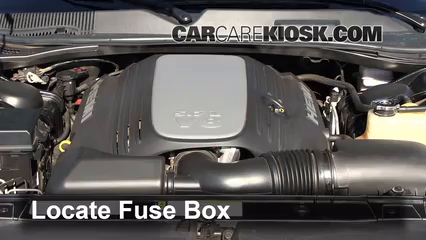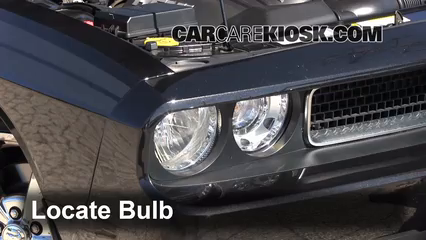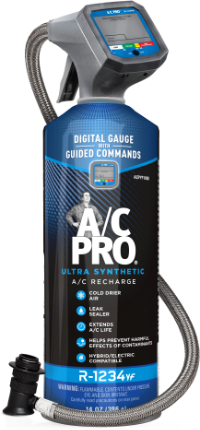Replace Flat Tire with Spare Tire: 2010 Dodge Challenger RT 5.7L V8
Dodge Challenger Model Years - 2008, 2009, 2010, 2011, 2012, 2013, 2014, 2015, 2016, 2017, 2018, 2019, 2020, 2021, 2022, 2023
Where to find the spare tire, jack kit and tow hook in a 2010 Challenger
Hans Angermeier is an ASE certified Maintenance and Light Repair Technician and has produced over 100,000 videos showing drivers how to fix things on their cars. He has broad expertise on basic repair procedures covering the majority of cars on the road. Over the past 10 years, Hans has been focused on building CarCareKiosk, which is visited by millions of drivers each month.
- Lake Ford helped make these videos
- Feedback
- Download Dodge owners manuals
Learn how to change a flat tire using the Dodge Challenger spare tire kit. Make sure you are in a safe area that is level and free of traffic before attempting to fix a flat tire. This video shows you where the spare tire, jack and jack kit is located in your Challenger how to assemble the components of the spare tile tool kit, how to replace the flat tire with your spare tire and safety precautions to take when using your jack. Most Dodge jack kits include the jack, a jack handle and a lug nut wrench. The video also shows how to put the 2010 Dodge Challenger back in its original location.
Which way does the spare tire go on? The Challenger spare tire should always be mounted with the valve stem (the thing you put air into) pointing out. If you cannot see the valve stem, the spare tire on Challenger is mounted backwards. In addition, if your Challenger has a donut spare (a small spare tire), then you should mount it on one of the rear wheels when you are in a safe area to do so. What is the maximimum speed for a spare tire? If your Challenger has a donut spare, the maximum speed is likely 50 miles per hour. Some trucks have full-size spare tires, which would have the same speed limits as the other tires. How many miles can be driven on a spare tire? If it is a donut spare tire, you should not drive more than 50 miles on a donut spare tire.
While following the instructions provided in your Challenger's owners manual and in this video will help minimize the risk of injury. The best way to avoid injury is to never get under your vehicle while it is jacked up. Remember also, that even if your car is jacked up properly, another car could hit it and knock it over; therefore, be sure to give careful consideration to your environment before raising your car.
- Advance Auto coupon for
20% off entire order: KIOSK20














 STOP AND SEAL LEAKS
STOP AND SEAL LEAKS EXTENDS A/C LIFE
EXTENDS A/C LIFE PROTECTS AGAINST A/C WEAR
PROTECTS AGAINST A/C WEAR